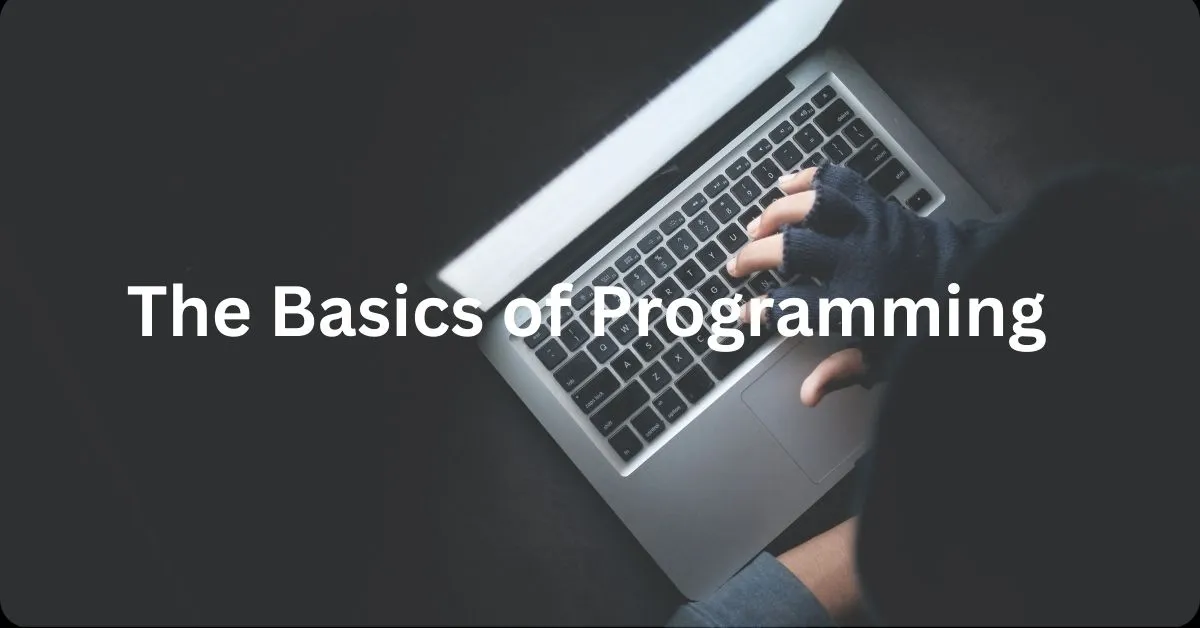
Programming is a vital skill in today’s digital age, with applications spanning from web development and mobile apps to automating tasks and data analysis. For beginners, the journey into programming can seem daunting. This guide is designed to provide a clear and concise introduction to the fundamentals of programming, setting you on the path to becoming a skilled programmer.
What is Programming?
Programming, or coding, is the process of designing and creating software applications. It involves writing instructions in a programming language, which a computer then executes to perform specific tasks or solve problems. Numerous programming languages exist, each with unique syntax and rules. Some popular ones include C, C++, Java, Python, and JavaScript.
Why Learn Programming?
There are several compelling reasons to learn programming:
- Career Opportunities: Programming skills are in high demand across various industries, offering lucrative career prospects.
- Efficiency: Programming helps automate repetitive tasks and analyze data, leading to more efficient problem-solving.
- Skill Development: It enhances critical thinking, problem-solving abilities, creativity, and innovation.
Getting Started with Programming
If you’re ready to dive into programming, follow these steps to begin your journey:
Choose a Programming Language: Select a language that aligns with your goals and interests. Beginners often start with languages like Python, Java, or C# due to their active communities and abundant resources.
Install a Development Environment: A development environment provides the tools needed to write, test, and debug your code. Choose one that fits your needs and preferences. Popular options include PyCharm for Python, Eclipse for Java, and Visual Studio for C#.
Learn the Basics: Familiarize yourself with the syntax and structure of your chosen language. Understand fundamental programming concepts such as variables, data types, loops, and functions. Online tutorials, video courses, and books are excellent resources for learning these basics.
Practice, Practice, Practice: The key to mastering programming is consistent practice. Start by writing small programs to reinforce your understanding. Gradually take on more complex projects to continue developing your skills.
Apply Now Here:
Additional Concepts in Programming
Types of Programming:
- Web Development: Building and maintaining websites using languages like HTML, CSS, JavaScript, and frameworks like React or Angular.
- Mobile App Development: Creating applications for mobile devices using languages like Swift for iOS and Kotlin for Android.
- Game Development: Designing and developing video games using languages like C++ and engines like Unity or Unreal Engine.
- Data Analysis: Analyzing and interpreting complex data sets using languages like Python and R.
Debugging: Debugging involves identifying and fixing errors in your code. It’s an essential skill for every programmer, requiring patience and attention to detail.
Algorithms and Data Structures:
- Algorithms: Step-by-step procedures for solving problems. Understanding algorithms helps in writing efficient code.
- Data Structures: Ways to organize and store data, such as arrays, linked lists, stacks, and queues. Mastering data structures is crucial for writing efficient programs.
Object-Oriented Programming (OOP): OOP is a programming paradigm that organizes code into objects representing real-world entities and their properties and behaviors. It promotes modularity and reusability and is used in languages like Java and Python.
Collaboration and Version Control: Programming is often collaborative. Version control systems like Git allow multiple developers to work on the same codebase and track changes over time, facilitating teamwork and maintaining code integrity.



Kam ka bahut jarurat hai